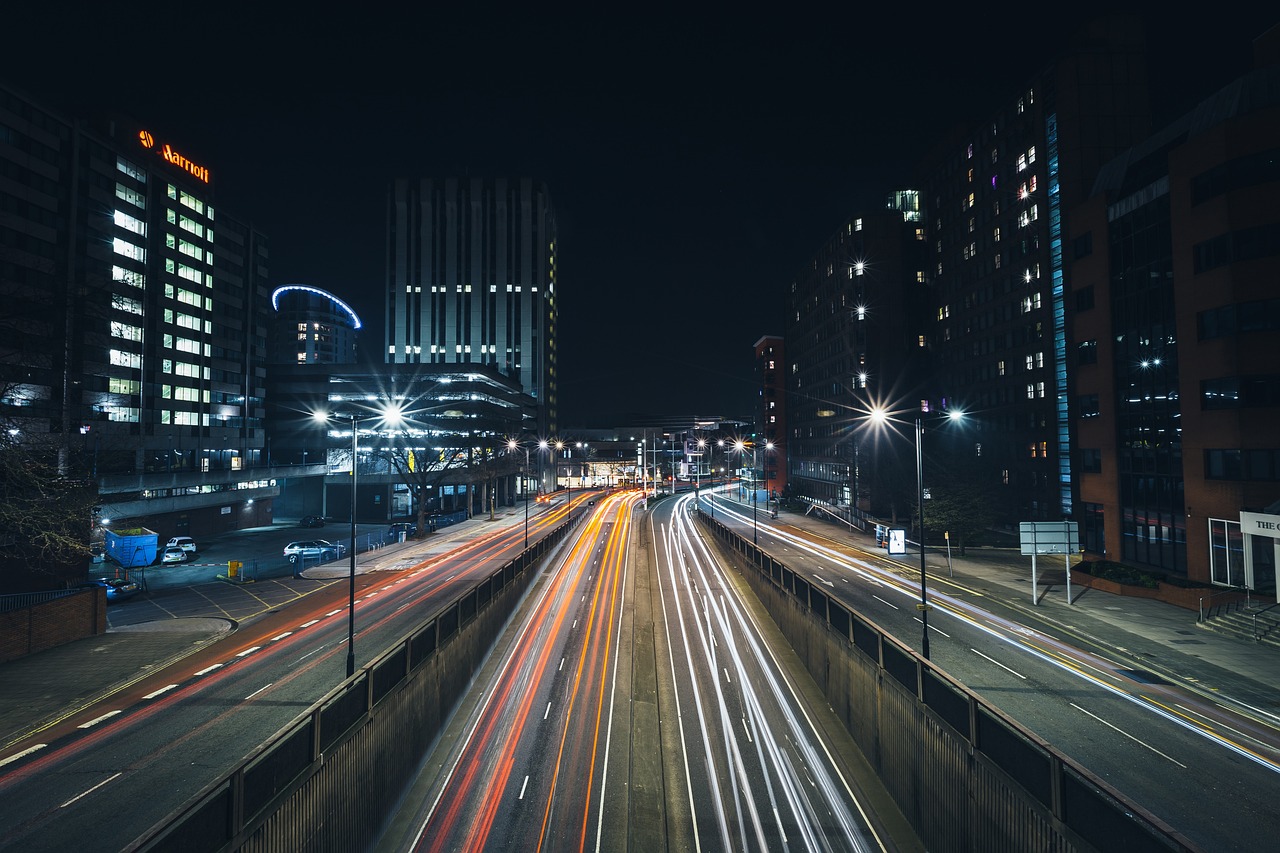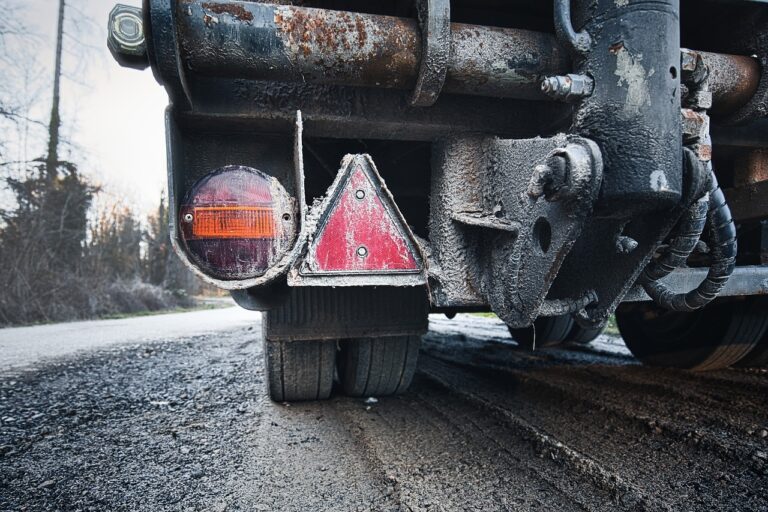Navigating Through Dense Fog: Safety Measures for Drivers
betbook250, 11xplay.pro/login, yolo247 login: Navigating Through Dense Fog: Safety Measures for Drivers
Driving in foggy conditions can be a challenging and potentially dangerous experience for many motorists. Reduced visibility can make it difficult to see other vehicles, road signs, and pedestrians, increasing the risk of accidents. In order to stay safe on the roads during dense fog, it’s crucial for drivers to take extra precautions and follow specific safety measures. In this blog post, we’ll discuss some tips and guidelines to help you navigate through dense fog safely.
Slow Down and Increase Following Distance
One of the most important things to remember when driving in dense fog is to slow down. Reduced visibility means you have less time to react to sudden changes in traffic conditions or obstacles on the road. By reducing your speed, you’ll have more time to respond to any potential hazards that may arise.
In addition to slowing down, it’s also vital to increase your following distance. The normal recommended following distance is three to four seconds, but in foggy conditions, it’s best to increase this to at least five to six seconds. This will give you more time to stop safely if the vehicle in front of you suddenly brakes or stops.
Use Low-Beam Headlights
Using your headlights appropriately is crucial when driving in fog. High-beam headlights can actually make it harder to see in dense fog by reflecting off the water particles in the air and creating a glare. Instead, switch to your low-beam headlights to improve visibility without causing a glare.
Some vehicles are also equipped with fog lights, which are designed to be used specifically in foggy conditions. If your car has fog lights, be sure to turn them on to enhance your visibility to other drivers on the road. Remember to avoid using your hazard lights while driving, as they can be confusing to other motorists and may not be necessary in foggy conditions.
Stay Focused and Avoid Distractions
Driving in dense fog requires your full attention and concentration. It’s essential to stay focused on the road ahead and avoid distractions such as using your phone, eating, or adjusting the radio. Keep both hands on the wheel and your eyes on the road at all times to be prepared for any unexpected situations that may arise.
If you find it challenging to see in dense fog, consider rolling down your window slightly to listen for other vehicles around you. You can also use road markings, guardrails, and the edge of the road as a guide to stay in your lane and maintain your position on the road.
Be Prepared for Sudden Stops
In dense fog, visibility can change rapidly, making it difficult to anticipate what’s coming up ahead. Be prepared for sudden stops by keeping your foot hovering over the brake pedal and being ready to react quickly if needed. Avoid tailgating other vehicles and give yourself plenty of space to come to a complete stop if necessary.
If you need to pull over due to poor visibility or hazardous road conditions, look for a safe place to park off the road and turn on your hazard lights to alert other drivers. Avoid stopping on the shoulder of the road unless it’s absolutely necessary, as this can increase the risk of being rear-ended by other motorists who may not see you in time.
Use GPS and Roadside Assistance Services
Modern technology can be a valuable tool when driving in dense fog. Use your GPS or navigation system to help guide you to your destination safely and efficiently. Make sure your GPS is updated with the latest traffic and weather conditions to avoid unexpected delays or road closures.
In case of an emergency or breakdown in dense fog, having access to roadside assistance services can provide you with the help you need. Keep the phone numbers of towing companies, roadside assistance providers, and emergency services handy in case you need assistance while driving in foggy conditions.
FAQs
Q: What should I do if I encounter a dense fog while driving?
A: If you encounter dense fog while driving, slow down, use your low-beam headlights, increase your following distance, stay focused, and be prepared for sudden stops. If visibility becomes too poor, consider pulling over to a safe location until conditions improve.
Q: Can I use my hazard lights in dense fog?
A: It’s not recommended to use hazard lights while driving in dense fog, as they can be confusing to other motorists and may not be necessary. Instead, use your low-beam headlights and fog lights to improve visibility to other drivers on the road.
Q: How can I improve my visibility in dense fog?
A: To improve visibility in dense fog, use your low-beam headlights, fog lights (if equipped), and windshield wipers. Avoid using high-beam headlights, as they can create a glare, making it harder to see in foggy conditions.
Q: What should I do if I have to drive in dense fog for an extended period of time?
A: If you have to drive in dense fog for an extended period of time, take frequent breaks to rest your eyes and stay focused. Stay alert, maintain a safe following distance, and be prepared for sudden stops or changes in traffic conditions.
Q: Are there any specific safety measures for driving in dense fog at night?
A: When driving in dense fog at night, use your low-beam headlights, fog lights (if equipped), and increase your following distance. Avoid looking directly into oncoming lights, as this can further reduce visibility. Stay focused and be prepared for sudden stops or changes in road conditions.
Remember, safety should always be your top priority when driving in dense fog. By following these safety measures and tips, you can navigate through foggy conditions with confidence and ensure a safe journey for yourself and other motorists on the road. Stay alert, stay focused, and drive safely.







